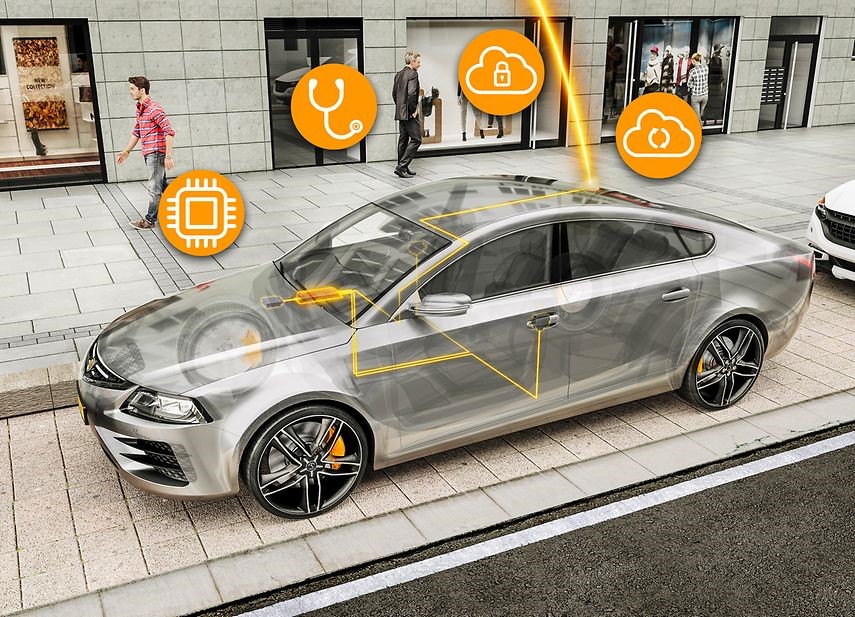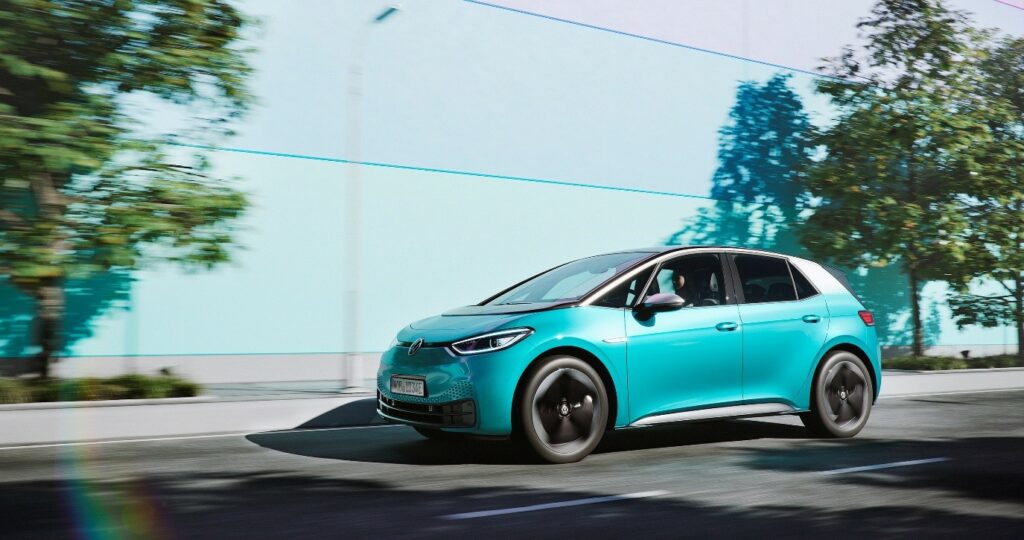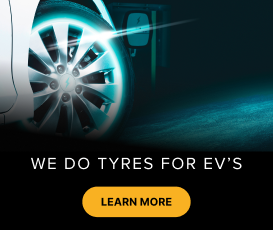How much do you know about electric vehicles (EVs)? And does what you know make you want one, or make you want to stick with petrol or diesel at all costs?

Statistics from the Sustainable Energy Authority Ireland (SEAI) reveal there are over 17,000 EVs in Ireland, (August 2020). So their rise seems unstoppable. And the Government’s commitment to end the sale of fossil-fuel powered vehicles by 2030 makes it unavoidable.
So here’s an EV primer to help you understand, choose and – for the yet-to-be-convinced – even enjoy electric.
Switch to which?
Deciding to change to an EV is only the beginning. Next you have to decide which EV to change to.
- Battery Electric Vehicle (BEV) The ‘purest’ realisation of the EV concept. Its sole means of power is an on-board battery driving an electric motor. The battery can be charged at a charging point and, whilst driving, through regenerative braking. This recovers energy from braking and puts it back into the battery.
- Hybrid Electric Vehicle (HEV) Featuring an internal combustion engine and an electric motor. The battery for the motor is charged by the engine, by the motion of the wheels, or by a combination of the two.
- Plug-in Hybrid (PHEV) Similar to an HEV, but can also be charged by plugging into a charge point.
- Range Extender EV (REEV) A PHEV with a small on-board petrol-powered generator for recharging the battery when it’s low.
Whichever option seems the most attractive just now, it’s important to note that Ireland is committed to becoming carbon neutral. This means that, sooner rather than later, all vehicles sold will have to be all-electric BEVs.
Leading the charge

For EVs to be a practical way to travel, charging points will need to become as common as petrol stations.
Ireland’s Electricity Supply Board (ESB) currently maintains nearly 1,100 public charging points across the island of Ireland, both on-street and in public transport car parks. Most of these take several hours to fully charge a vehicle, though there are some ‘fast charge’ points (fewer than a hundred) which can do the same job in under 30 minutes.
The ESB plans to expand the network of charging points of both types, and at the same time the SEAI is providing grants of €600 towards the installation of home charging points for new EV owners. ESB’s figures show that 50% of EV charging in Ireland is done at home, and 30% at work. 15% is via public charging points, and the remaining 5% at motorway charging points.
Home charging is likely to grow, as it offers the cheapest electricity, the greatest convenience, and the potential opportunity to sell the car’s unused electricity back into the grid.
More power to purchasers
It’s a common belief that EVs are more expensive to buy than traditionally-powered vehicles. What this doesn’t take into account is the lower running and maintenance costs (fewer moving parts) and the generous financial support from the Government.
In addition to the grants for installing a home charging station, at the time of writing there’s also a grant of up to €5,000 towards the cost of a new EV bought from an approved dealer. This maximum amount is available for vehicles priced at €20,000 or more. Smaller grants are available for lower-priced vehicles, down to €14,000. Vehicles which cost less are not eligible. A maximum grant of €2,500 is available for new PHEVs.
This means a new Tesla Model X, for example, would cost you (after grant deduction) €95,500. At the other end of the price scale a Renault Zoe Ze50 Play 56kwh would cost you €26,990. Somewhere in the middle of the price range come the Hyundai Ioniq 40kwh at €34,850, and the Nissan Leaf at €30,890.
Or, with a starting price of €33,625 after Government grants and VRT relief, the new Volkswagen ID.3 brings you an EV with Volkswagen heritage and a ‘brain’ by Continental.
The totally new architecture of the ID.3 includes two high-performance on-board computers. One of them – the ‘electronic brain’ – has been developed by Continental to manage the car’s various functions and data flows. Based on a circuit board no bigger than a sheet of A4 paper, the brain transmits data many times faster than standard wiring, to help make the ID.3 more efficient and more responsive.
You’ll also find Continental technology on the Volkswagen ID.3 where you would be more likely to expect it: on all four wheels.
The Conti.eContact™ tyres fitted to the Volkswagen ID.3 have been specifically optimised for the all-electric car. So if you’re thinking of switching to an electric vehicle, they’re the tyres you should be thinking of.
Here’s why.

The EV tyre challenge
EVs represent a new challenge for tyre technology, for several reasons. The main issues that EV tyres need to contend with are the extra weight of the vehicle due to the large battery, and the instant torque which puts extra stress on the tyres.
The Conti.eContact – available from BestDrive – overcomes all the challenges, as a tyre design optimised for EVs.
Firstly, it has a reinforced aerodynamic sidewall to cope with the extra weight, while ensuring optimal road contact and reduced drag at the same time. The extra weight of an EV also means longer braking distances, which the Conti.eContact™ makes up for with its premium rubber compound with grip additives.
Innovative HydroSipes, which diffuse water more efficiently, help to ensure the tyre’s wet braking and handling match performance in the dry.
The instant torque of an EV is a benefit to the driver, but an extra strain on the tyre, leading to greater tyre wear. By lowering the tyre’s rolling resistance, not only is its wear reduced and longevity increased, but less friction also results in higher efficiency and increased range for the vehicle.
Lastly, because EVs are quieter than cars with traditional engines, road noise can be more noticeable. Low-noise tyres help to reduce the amount of tyre road noise which can be heard inside the vehicle.
When you choose your EV, insisting on Conti.eContact will help you to get the most from your new electric car – and the most from its tyres too.
BestDrive by Continental – You Drive, we care.

